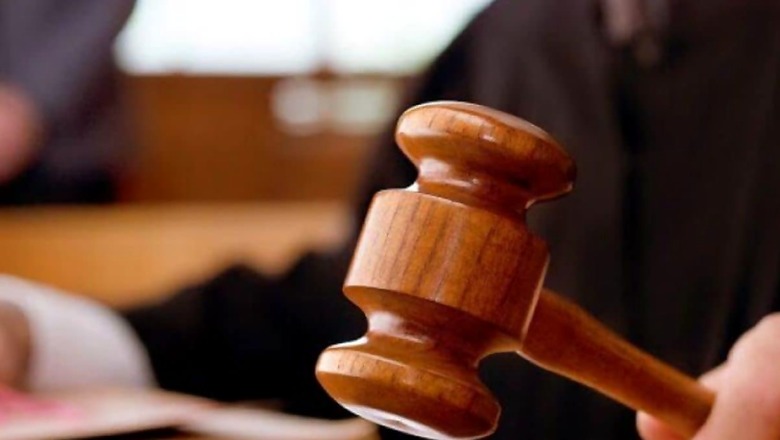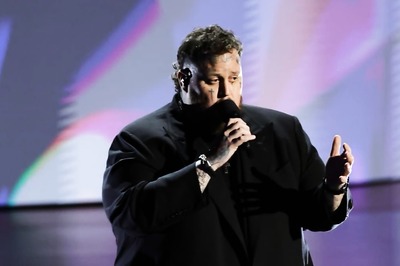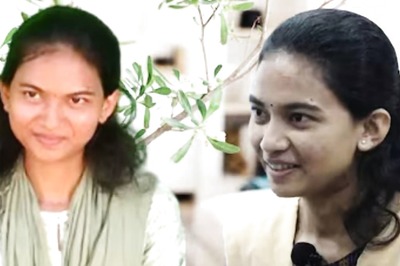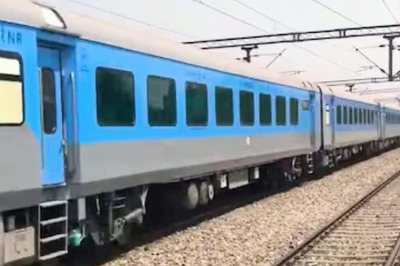
views
The Supreme Court on Wednesday decided to expunge certain “unnecessary observations” made by Justice Rajbir Sehrawat of the Punjab and Haryana High Court in a July 17 order. Justice Sehrawat’s remarks were directed at a Supreme Court order that had stayed contempt proceedings initiated by the high court. The expunged observations have raised significant questions about judicial hierarchy and authority, setting the stage for a deeper examination of the dynamics between the Supreme Court and high courts in India.
Justice Sehrawat was critical of the Supreme Court’s decision, noting that the top court, without any special appeal, had stayed the high court’s proceedings. This action effectively placed an estoppel on the high court’s powers under Article 215 of the Constitution of India and the Contempt of Courts Act, the judge had opined. He emphasised the potentially severe and damaging consequences of the Supreme Court’s actions, suggesting that while the SC likely did not intend such outcomes, its decision affected the benefits due to judicial officers.
This power tussle between the two constitutional courts sparks a broader discussion on the often-unintended ripple effects of top-down decisions within the judiciary.
“Who is responsible for the plight of the judicial officers in the superior judiciary of Punjab and Haryana? Is it the High Court or the Supreme Court?” Justice Sehrawat had questioned, advocating for a thorough examination by both courts, which could yield surprising insights. His bold questioning touched on a critical issue—how judicial decisions at the highest level impact those at lower levels, sometimes in unforeseen ways.
The judge went further, suggesting that this situation could serve as a cautionary note for the Supreme Court to be more specific about the legal consequences of its orders. He also analysed the Supreme Court’s decision from a psychological perspective, attributing it to a tendency to avoid responsibility for the outcomes of such orders and a presumption that the Supreme Court is more ‘supreme’ than it actually is, while the high court is perceived as less ‘high’ than it constitutionally is.
Justice Sehrawat’s observation perhaps challenged the conventional view of judicial impartiality and may have sparked a broader discussion on how these perceived hierarchies impact legal outcomes. Could such observation prompt a reconsideration of the balance of power within the judicial system and highlight the need for greater accountability and mutual respect among its various levels?
Days later, the Supreme Court took suo moto cognisance of Justice Sehrawat’s comments. The matter was placed before a bench led by Chief Justice DY Chandrachud, including Justices Sanjiv Khanna, BR Gavai, Surya Kant, and Hrishikesh Roy. The Attorney General and Solicitor General termed the high court judge’s observations as rather “contemptuous” and a “transgression which was unwarranted.”
Taking a stern view, the top court emphasised the need to uphold judicial discipline. The bench deemed the high court judge’s observations “unnecessary” and said, “In a situation where the authority of this court is undermined, it is our duty to maintain the sanctity of judicial hierarchy.”
Does the Supreme Court’s reaction indicate the tightrope walk that high court judges must perform—balancing critique and respect within a structured hierarchy?
In this case, the Supreme Court decided to expunge the remarks made by Justice Sehrawat. However, it pointed out that “it was inclined to issue notice to the judge, but that would have subjected the judge to adjudication by the top court, which the bench did not desire.”
Importantly, regarding criticism of its decisions, the Supreme Court stated that while parties may be aggrieved by a court order, judges themselves are never aggrieved by an order passed by an institution. “Every judge is bound by the discipline of the hierarchy of the judicial system,” the bench asserted, cautioning judges.
Furthermore, the Chief Justice of India stressed that, in an era where proceedings are widely reported, judges must exercise restraint. “We hope and trust that such circumspection shall be observed in the future,” he said.
This situation begs the question: Can this legal tussle serve as a potential catalyst for introspection and reform within the judicial system?
As this debate unfolds, it presents an opportunity for the judiciary to reflect on its practices, fostering a more harmonious relationship between the Supreme Court and high courts.
After all, this is not the first instance where the top court has intervened in a decision made by a high court judge. In February this year, the Supreme Court criticised the Madras High Court Single Judge Bench of Justice N Anand Venkatesh for exercising suo motu jurisdiction without the Chief Justice’s approval. This intervention pertained to the initiation of a criminal revision case against the trial court’s discharge of Revenue Minister KKSSR Ramachandran and his wife Aadhilakashmi P. Visalatchi in a disproportionate assets case.
The judge had initiated a total of six suo motu proceedings between August and September last year.
Following the SC’s intervention, the High Court Chief Justice decided to allow Justice N. Anand Venkatesh to continue the hearing of suo motu cases. Notably, on Wednesday, Justice Venkatesh set aside the discharge of the minister, and the case has now been restored to the Special Court for a day-to-day retrial.
In another instance, this year, the Supreme Court criticised former Madras High Court judge, Justice T Mathivanan, for “gross impropriety” after he issued a one-line order in a criminal case in May 2017 and only released the detailed judgement five months after his retirement.
This series of incidents brings to the forefront a crucial issue: the boundaries of judicial propriety and the consequences when these boundaries are overstepped. When high court judges act outside established protocols—whether by exercising suo motu jurisdiction, delaying the issuance of detailed judgments, or being critical of the Supreme Court’s orders—do they risk undermining the judicial process and inviting interventions by the Supreme Court?
While it is imperative to correct and prevent instances of gross impropriety, it is equally important to ensure that this does not lead to an overly rigid system where judicial creativity and independence are stifled.
These interventions from the apex court may provoke an essential discussion on the delicate balance between maintaining judicial propriety and allowing judges the autonomy to interpret and act within their judicial discretion.
It is time to consider whether instances of power struggles between the Supreme Court and high courts in India should be seen as an opportunity to redefine and reinforce what constitutes judicial propriety. A more cohesive legal system will ensure that it supports rather than hinders the effective functioning of the judiciary, ultimately establishing that “neither the Supreme Court nor the high courts are supreme; supremacy rests solely with the Constitution of India.”
Views expressed in the above piece are personal and solely those of the author. They do not necessarily reflect News18’s views.



















Comments
0 comment